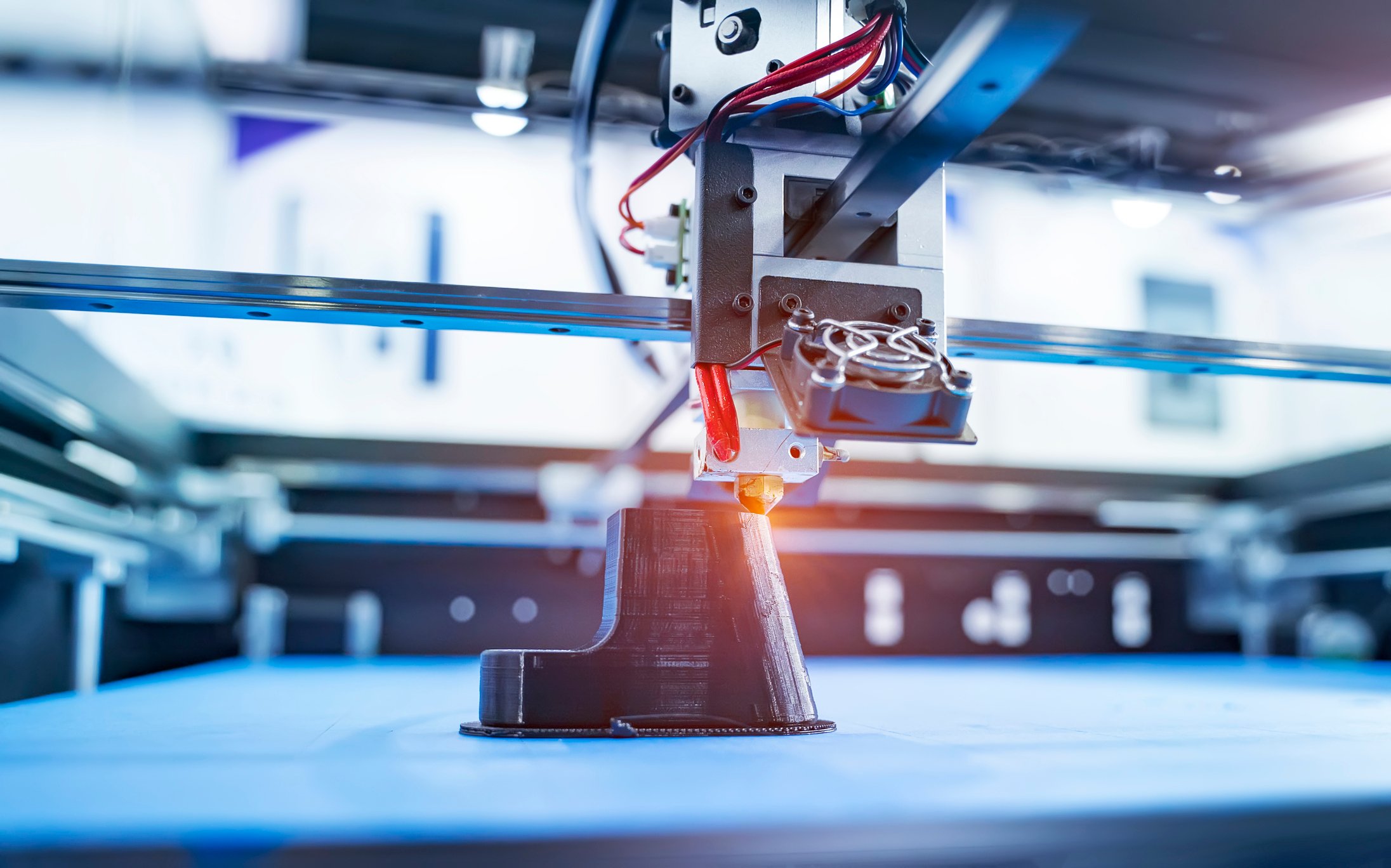In an increasingly digital world, the need for efficient and versatile printing solutions has never been more critical. While traditional printers typically require a computer to function, advancements in technology have led to the emergence of standalone printers that operate independently. This article explores the various types of printers that do not need a computer, their functionalities, and the benefits they offer to both home and office environments.
Understanding Standalone Printers
Standalone printers are devices that can perform printing tasks without the need for a connected computer. They often come equipped with built-in features such as touchscreens, Wi-Fi connectivity, and memory card slots, allowing users to print directly from various sources. These printers are particularly beneficial for users who require quick and easy printing solutions without the hassle of connecting to a computer.
Types of Standalone Printers
- All-in-One Printers:
All-in-one printers combine printing, scanning, copying, and sometimes faxing capabilities into a single device. Many modern all-in-one printers come with built-in Wi-Fi and mobile printing options, enabling users to print directly from smartphones or tablets. This versatility makes them ideal for both home and small office use. - Photo Printers:
Dedicated photo printers are designed specifically for printing high-quality images. Many of these printers feature memory card slots and USB ports, allowing users to print photos directly from their cameras or storage devices. Some models even support wireless printing from smartphones, making them a favorite among photography enthusiasts. - Label Makers:
For those who need to create labels without the need for a computer, label makers are an excellent option. These compact devices allow users to design and print labels directly from the device itself, often featuring built-in templates and customizable options. They are particularly useful in offices, warehouses, and homes for organizing items. - Portable Printers:
Portable printers are designed for on-the-go printing. Many models are compact and lightweight, making them easy to carry. These printers often connect via Bluetooth or Wi-Fi, allowing users to print directly from their mobile devices. They are perfect for professionals who need to print documents or images while traveling.
Benefits of Computer-Free Printing
- Convenience:
The primary advantage of standalone printers is their convenience. Users can print documents and images directly from their devices without the need for a computer, saving time and streamlining workflows. - Space-Saving:
Standalone printers often take up less space than traditional printer-computer setups. This is particularly beneficial for small offices or home environments where space is limited. - User-Friendly:
Many standalone printers feature intuitive interfaces, making them accessible to users of all skill levels. Touchscreens and simple navigation menus allow for easy operation without the need for technical knowledge. - Cost-Effective:
Investing in a standalone printer can be more cost-effective in the long run. Users can avoid the costs associated with maintaining a computer, such as software updates and hardware upgrades.
Considerations When Choosing a Standalone Printer
When selecting a standalone printer, several factors should be considered:
- Print Quality: Depending on your needs, consider the print resolution and quality. Photo printers, for example, should have higher DPI (dots per inch) for better image quality.
- Connectivity Options: Look for printers that offer multiple connectivity options, such as Wi-Fi, Bluetooth, and USB ports, to ensure compatibility with your devices.
- Functionality: Determine whether you need additional features like scanning, copying, or faxing capabilities. All-in-one printers may be more suitable for users requiring multiple functions.
- Cost of Consumables: Consider the cost of ink or toner cartridges, as well as paper. Some printers may have lower upfront costs but higher ongoing expenses.
Conclusion
The evolution of standalone printers has transformed the way we approach printing tasks. With a variety of options available, users can find a printer that meets their specific needs without the requirement of a computer. Whether for home use, small offices, or on-the-go printing, these devices offer convenience, efficiency, and versatility. As technology continues to advance, we can expect even more innovative solutions that further simplify the printing process, making standalone printers an essential tool in our digital lives.


